This site contains affiliate links. As an Amazon Associate, I earn a commission from qualifying purchases at no extra cost to you. Full Disclosure Here.
If you’re bugging out to the wilderness, or if you’re bugging in near the wilderness, trapping can be a great source of food. The major benefits are that once you’re set up, trapping doesn’t take up much time. If you intend to patrol your property anyway, checking the traps takes even less time. And if you lack the skills (or the ammunition) to hunt, bringing in protein through trapping can be very important.
Trapping might be successful for a short period of time in an urban area, assuming most humans have died of the disaster and therefore competition for this meat is low, but you’ll soon find you have to move to a more plentiful area.
Mostly, learning to trap benefits preppers in the wilderness. Even while you’re on the move, trapping in a wild enough area can bring in breakfast.
Table of Contents
The Knowledge You Need to Start Trapping
To be a successful trapper, you need to have knowledge about the animal you are trying to trap. For this article, we’ll use rabbit or hare as our example.

It’s a plentiful animal that you’re likely to have wherever you’re trapping, and you can bait it with greens and veggies, a good trade for the potential of meat. Plus, skinning a rabbit is fairly easy for the beginner.
- Diet: You need to know your animal’s diet in order to place and bait your trap effectively. A rabbit eats grasses and plants at ground level, so you should place your traps there. You can use many garden veggies to bait rabbits. If you find nuisance rabbits are eating in your garden, bait your trap with whatever they are favoring.
- Tracks and terrain: You need to know where your target animal hangs out and what its tracks look like. Rabbit tracks are distinctive, with larger back feet and tiny front feet, moving together in a hop-pattern. It’ll be much easier to see these tracks in winter snow. In other seasons you’re more likely to see a game trail, a small path of beaten down grass which the animal frequently travels on.
As for terrain, rabbits like partly open fields full of clover, grasses and their other favorite foods. They tend to eat where shelter, in the form of bushes or logs, is nearby.
Rabbits are very habitual, which makes them a great target animal for the beginner. In fact, if you bug-in on your own property you’ll have a big advantage, because you’ll probably know where the rabbits like to hang out.
- Scat, burrows and nests: You also need to know what the scat (poop) looks like and, to a lesser degree, what the burrows, dens, and resting places of your animal look like. Rabbits make pellets, like all herbivores, and they are tiny. Sometimes you’ll find them in a little pile on a rabbit path, and other times the rabbit will have hopped a little bit while doing its business.
A rabbit burrow is often a small hole (10-15 cm in diameter) dug into a slope. While it can be useful to identify a rabbit burrow, trapping right outside of it is often not a great idea.
Rabbits can take the time to really survey their environment from the burrow, and can easily retreat when they sense something is wrong. Plus, there will often be multiple exits, so a rabbit can avoid your trap.

Rabbits do not keep their babies in their burrows. Instead, they make separate shallow nests covered with their own hair and grasses. Mom will return once or twice a day to feed them. Don’t trap babies, or nursing moms, you won’t get much meat and you’re cutting into your own supply.
- Other behavior: Some animals have more complex behavior and leave more complex signs, like scratch marks, that you will want to learn all about. The only extra detail I can think about for rabbits is their hours of activity: they are most active during dawn and dusk.
- Legal information: There are legal restrictions on trapping. If this is a SHTF situation, you may not have to worry about that. But if it isn’t you need to read up on the laws specific to your state. Most areas require you affix your personal information to your traps, and only use certain types of traps, in certain areas, at certain times, with certain target species. Urban settings will have more requirements, which may limit you to using only live-traps and dog-proof traps.
- Trap selection and placement: Trapping rabbits in a survival situation doesn’t require anything fancy, a simple snare will do., as long as you place it well, which takes practice. If you’d rather purchase, or are just trying to get some practice, body grip traps are the easiest for beginners, they also offer quick death. Start with just one kind of trap, master it, and move on. Eventually, you may also dabble in other accessories, like specialized bait, calls, smells, heavy-duty gloves, game bags, guns, clubs, and more.
- Patience: So much of trapping is waiting. Don’t be discouraged when you initially don’t get anything. And, don’t move your traps for some time, as the more animals get used to a trap the more they will let their guard down around it. An empty but triggered trap, while frustrating, means the location is good.
- Dispatch and harvesting: Dispatching is the kind word for killing. You want to do this as quickly and humanely as possible. Few trappers use guns, as most are trapping for furs and guns may cause considerable damage. Rabbits can be bludgeoned to death, or you can learn a technique that breaks their neck. Then, you’ll also have to learn how to harvest the rabbit, which is the kind way of saying skin it and process the meat.
Types of Survival Traps
For legal reasons, you are likely going to want to start out using purchased traps. Primitive, hand-made traps can be illegal, in part because they are usually less humane, and, could be a danger to humans if made large enough. But, you likely won’t have access to purchased traps while you’re bugging out. Knowing how to make a trap can get you a meal anywhere.
To make a survival trap you need a knife, cord, wood, and, optionally, bait. I suggest you start with the simplest traps, aiming for plentiful small or medium-sized animals.
Try to disturb the environment as minimally as possible so there’s nothing to indicate to the animal that you were there. Remember that animals will be using smell too, so make the trap off-sites, try to match materials to the trap location, and use gloves.
1. Simple Snare
A snare is simply a noose. As an animal moves through it, it pulls the noose tight. The more the animal struggles, the more firmly it is trapped.

- To make a snare, grab your cord and use one end to tie a simple overhand knot around the other.
- Play with the cord until the loop is about the size of your fist (this is for rabbit, bigger animals need bigger loops).
- Tie the other end of the string tightly onto something sturdy, a nearby tree branch, buried deep into the ground, will do.
- You can now prop up the noose with small, firmly planted sticks. Ideally, these will keep the noose open for the animal to walk into.
You can make a snare out of any string, wire, paracord, or natural cordage. However, remember that snare material needs to be strong. Even small animals will put up a fight, especially if they get caught a while before you show up.
My suggestions are to make simple snares ahead of time and place them in your bug-out-bag.
2. Spring Snare
To make a more successful trap, you can add a spring element to the snare. Young, small saplings can be harnessed to pull the small game up into the air after it is caught. This increases the chances the animal will die a quick death, and can help keep other animals from stealing your prey.
- To make a spring snare, first, find a young, green, bendable sapling. Then make a noose.
- Next, carve a trigger out of two pieces of wood. These pieces should lock into one another, but not too well. You want it to be barely holding on, that way, it triggers easily to catch your prey. The tension from the sapling will keep a properly flimsy trigger secure.
- Bury the bottom portion of the trigger in the ground. Or, carve it into something already in the ground.
- Tie the noose to the top portion of the trigger. Tie the top portion of the trigger to the top of the sapling.
- Bend the sapling back so it’s under a lot of pressure, and attach the two trigger pieces together.
- Now, prop up the snare.
The idea behind this trap is that the animal is first caught in the snare. When it struggles, it dislodges the top trigger piece from the bottom. This releases the sapling, pulling the snare and the animal up into the air. If you caught its throat, it should be strangled to death.
There are many other modifications to snare traps, but this is easiest to start with. Also, be warned, you may find that your snare traps catch the leg of larger animals, especially if you’ve made them strong, so always be prepared to deal with them.
3. Deadfall
Deadfall traps drop heavy objects on the animals in order to kill them. You have to be smart about setting these, so that you don’t hurt yourself and don’t endanger other humans. For starters, don’t stand under the weight.

We’ll start with a smaller deadfall trap, the balance log. This trap requires bait.
- Find a “Y” shaped piece of wood. Whittle the bottom and one end into points.
- Find another branch, a straight one, and set it on top of a log on one side, and on top of your “Y” wood on the other. You want the branch to sit level and secure. This might require whittling down the “Y” wood a bit more.
- Apply bait to the non-whittled end of the “Y” wood.
- Carefully lay heavy logs on the crossbar.
The idea behind this trap is that the animal moves under the logs to get to the bait. As it nibbles on the bait it pushes the “Y” bar, which moves easily because it’s only resting on a point. When the “Y” wood falls down, so does the crossbar and the heavy logs. These should knock out the animal.
There are plenty of other kinds of traps you can make by hand, including net traps and spear traps (which can easily maim you and aren’t for the beginner so we won’t cover them here).
Keep in mind that none of these traps are likely to be humane and give you a quick kill. Instead, you need to check your traps regularly and be ready to dispatch a struggling animal when you find it.
Final Thoughts
While you might be subject to a limit by your game laws, in a SHTF situation, it’s always better to have more traps to up your chances of success. Even if the game you’re bringing in is small, a few small animals can make a meal. With a little practice, trapping can be an even more viable method of getting calories.
Author Bio: Ellysa Chenery can be found writing all over the web. She loves adapting traditional skills for new situations, whether in the wilderness, garden, or homestead. Her favorite smell is carrots fresh from the dirt.
If you enjoyed this article, consider following our Facebook page.








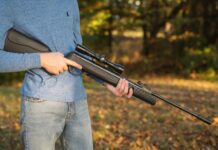





























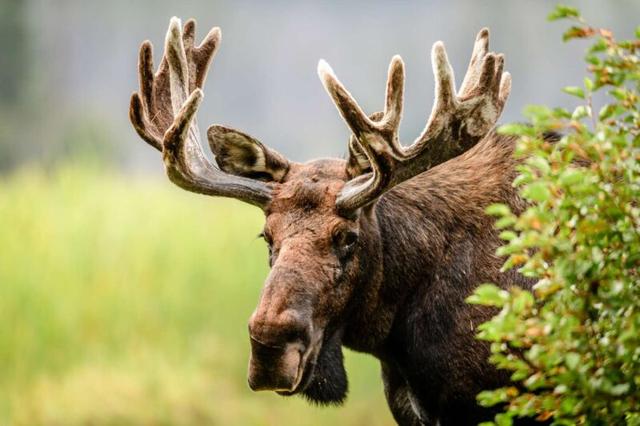

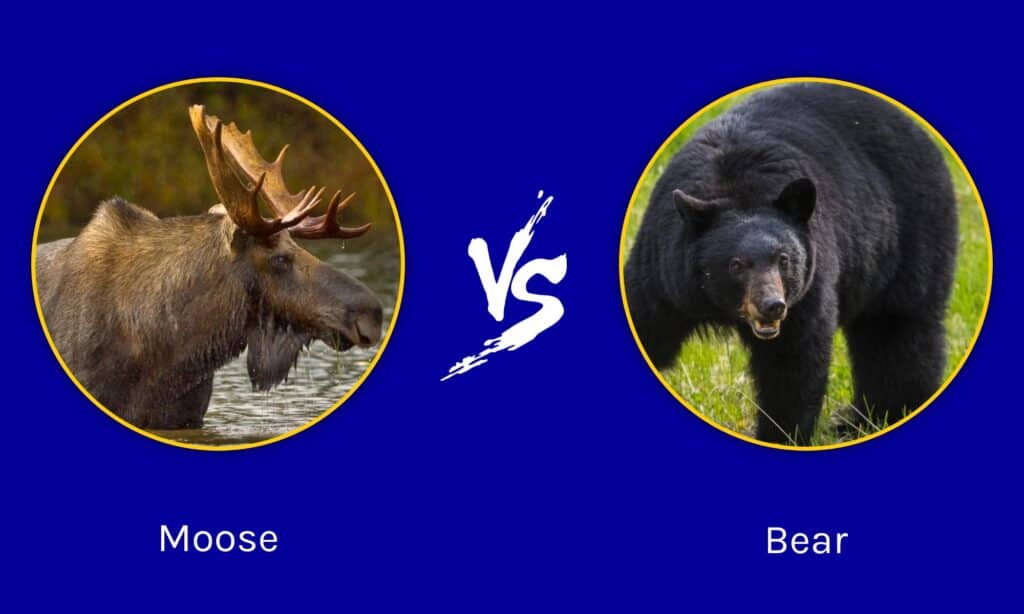
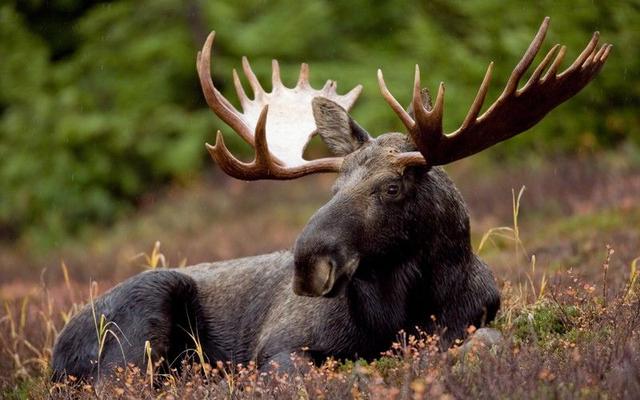
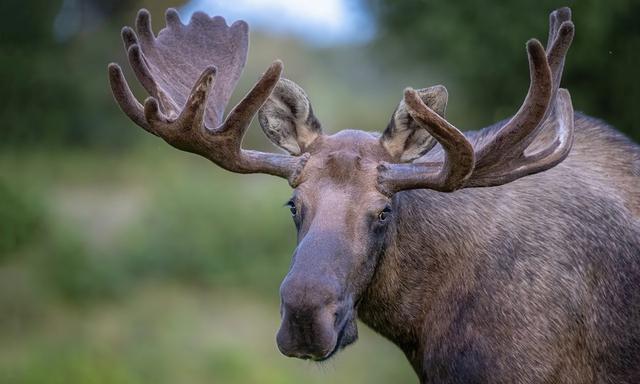


 How do You Process Sinew?To remove the sinews, you need a sharp knife or a good sharp flake of flint. Slice down the back of the leg from knee joint to just above the dew claws and peel the skin back. Lying just below the skin is a white membrane. This membrane encases the tendon which lies in a shallow groove down the back of the leg bone.
How do You Process Sinew?To remove the sinews, you need a sharp knife or a good sharp flake of flint. Slice down the back of the leg from knee joint to just above the dew claws and peel the skin back. Lying just below the skin is a white membrane. This membrane encases the tendon which lies in a shallow groove down the back of the leg bone. 

 You can usually slip your finger under the edge of the tendon and lift it up out of the bone a little. When you get the tendon up out of the groove, run your knife up and down to loosen the tendon even more.
You can usually slip your finger under the edge of the tendon and lift it up out of the bone a little. When you get the tendon up out of the groove, run your knife up and down to loosen the tendon even more.  I usually run my knife down toward the hoof, and when I can’t go any farther, I turn the blade up and slice through the tendon freeing that end. You can then grab the tendon with you hand and peel it out down toward the knee joint. When you pull up as much of the tendon as you can get, cut that end off with your knife.
I usually run my knife down toward the hoof, and when I can’t go any farther, I turn the blade up and slice through the tendon freeing that end. You can then grab the tendon with you hand and peel it out down toward the knee joint. When you pull up as much of the tendon as you can get, cut that end off with your knife. 
 There may be some membrane left sticking to the tendon (kind of a slimy case) and if you can remove this it will be helpful although it’s not vitally necessary.When you have a white floppy tendon in your hand, the hard part is done.
There may be some membrane left sticking to the tendon (kind of a slimy case) and if you can remove this it will be helpful although it’s not vitally necessary.When you have a white floppy tendon in your hand, the hard part is done.  Just set the tendon out in the sun or on the kitchen drain board if your spouse is out of town. In less than twenty-four hours the soft wet tendon will be hard, dry, and kind of a translucent yellow color. It looks a lot like plastic.
Just set the tendon out in the sun or on the kitchen drain board if your spouse is out of town. In less than twenty-four hours the soft wet tendon will be hard, dry, and kind of a translucent yellow color. It looks a lot like plastic.  Now take the dried tendon and use a smooth round rock or the round end of a ball peen hammer and start pounding. What ever you pound with, it needs to be rounded. Flat edges, like the flat of a hammer or axe, will cut the fibers in the sinew.
Now take the dried tendon and use a smooth round rock or the round end of a ball peen hammer and start pounding. What ever you pound with, it needs to be rounded. Flat edges, like the flat of a hammer or axe, will cut the fibers in the sinew.  As you pound, the sinew will start to turn white, and it will begin to separate into fluffy white fibers. You can now take you fingers and pull apart the fibers is small bundles about the thickness of a pencil lead or smaller.
As you pound, the sinew will start to turn white, and it will begin to separate into fluffy white fibers. You can now take you fingers and pull apart the fibers is small bundles about the thickness of a pencil lead or smaller.  These little fiber bundles are what you’re looking for. You can use them to back a bow, make a bow string, sew leather together, tie on arrowheads etc.
These little fiber bundles are what you’re looking for. You can use them to back a bow, make a bow string, sew leather together, tie on arrowheads etc. To use the sinew to, for example, tie on an arrow head; all you have to do is pop a piece in your mouth and chew on it a little. Don’t be squeamish. It’s no different than chewing on a piece of deer jerky. The saliva in your mouth and the gentle chewing will soften the sinew in seconds. Don’t chew too long or you will wash all of the glue out of the sinew.
To use the sinew to, for example, tie on an arrow head; all you have to do is pop a piece in your mouth and chew on it a little. Don’t be squeamish. It’s no different than chewing on a piece of deer jerky. The saliva in your mouth and the gentle chewing will soften the sinew in seconds. Don’t chew too long or you will wash all of the glue out of the sinew. 


 That’s all there is to it. Amazing isn’t it!
That’s all there is to it. Amazing isn’t it!




